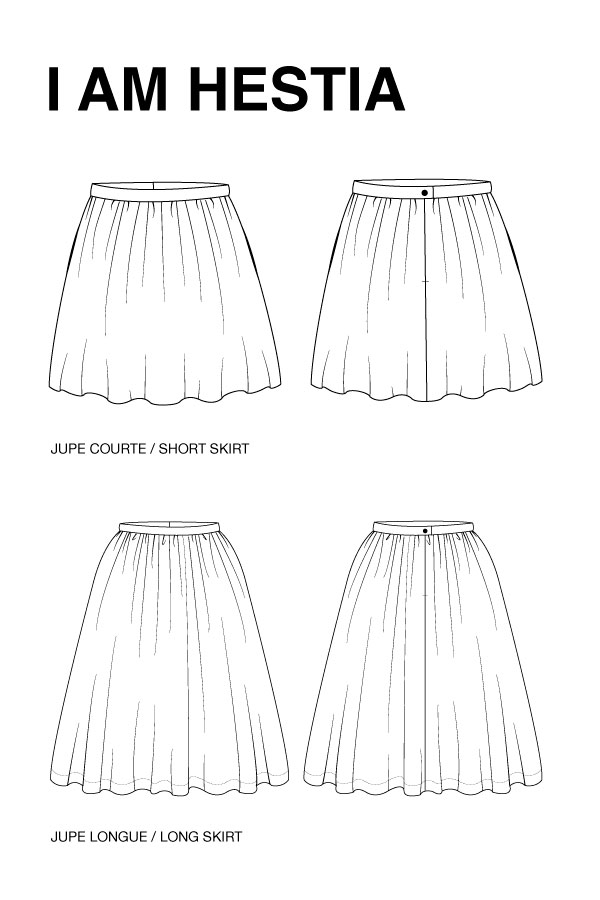

Theofil look wisconsin simulator#
The mark attributed to this work by the supervisors was a 9.Ī repository containing the simulator developed for this thesis can be found at com/cas-giepmans/thesis_warehouse_operations_optimization The experiments show the effect of different state representations for the agent on the learned policy's performance, as well as the performance under various warehouse configurations. Experiments are performed to demonstrate the stability of the system and the agent's ability to learn a policy that rivals and surpasses off-the-shelf policies such as Greedy. In this thesis, a discrete-event simulator is designed for the training and evaluation of Deep Reinforcement Learning agents in a warehouse environment, with the goal of learning an optimal policy for handling storage and retrieval orders. Current solutions such as Class-Based or Duration-of-Stay-Based Storage have proven effective in similar warehouse architectures, yet the implementation of a Reinforcement Learning agent that directly controls warehouse operations might offer greater performance still. In particular, performing both storage and retrieval actions in a warehouse architecture known as a Shuttle-Based Storage and Retrieval System, using multiple product types, each with their own pass-through frequency, has not seen any previous research. The storage and retrieval of products in a dynamic warehouse environment is a complex optimization problem that has only been researched in the context of Machine Learning in recent years, to a minimal degree.

The results show that HHO is the best technique to obtain an optimal robot design because it needs less than ten iterations to provide a better result despite its computational load. Furthermore, multiple runs experiment is performed to test the robustness of the algorithms.


For the GCI problem, an average improvement of 14% was found when optimizing an industrial robot arm. Similar behavior has been found for HHO, GWO, and PSO compared to GA for both indexes. A comparison is made between the proposed algorithms and GA and PSO regarding convergence speed, computational load, and optimality. The lengths of the main robot links are optimized to improve the workspace volume and obtain a better-conditioned robot using the structural length index (SLI) and global condition index (GCI) as objective functions. In this work, bio-inspired algorithms Harris hawks optimization (HHO) and Grey wolf optimizer (GWO) are applied to a six-degree-of-freedom (6DOF) robot arm design through kinematic optimization. However, there are optimization algorithms with high convergence speeds inspired by animal behavior, whose application in robot optimization has not been reported. Different techniques have been used in robot optimization, the most widely used being genetic algorithms (GA) and particle swarm optimization (PSO). For this, a robot with specific optimized characteristics is necessary to impact the performance of the specific task. Nevertheless, their use in different applications requires that the robot have the best possible execution efficiency. Robotic systems are essential to technological development in the industrial, medical, and aerospace sectors.


 0 kommentar(er)
0 kommentar(er)
